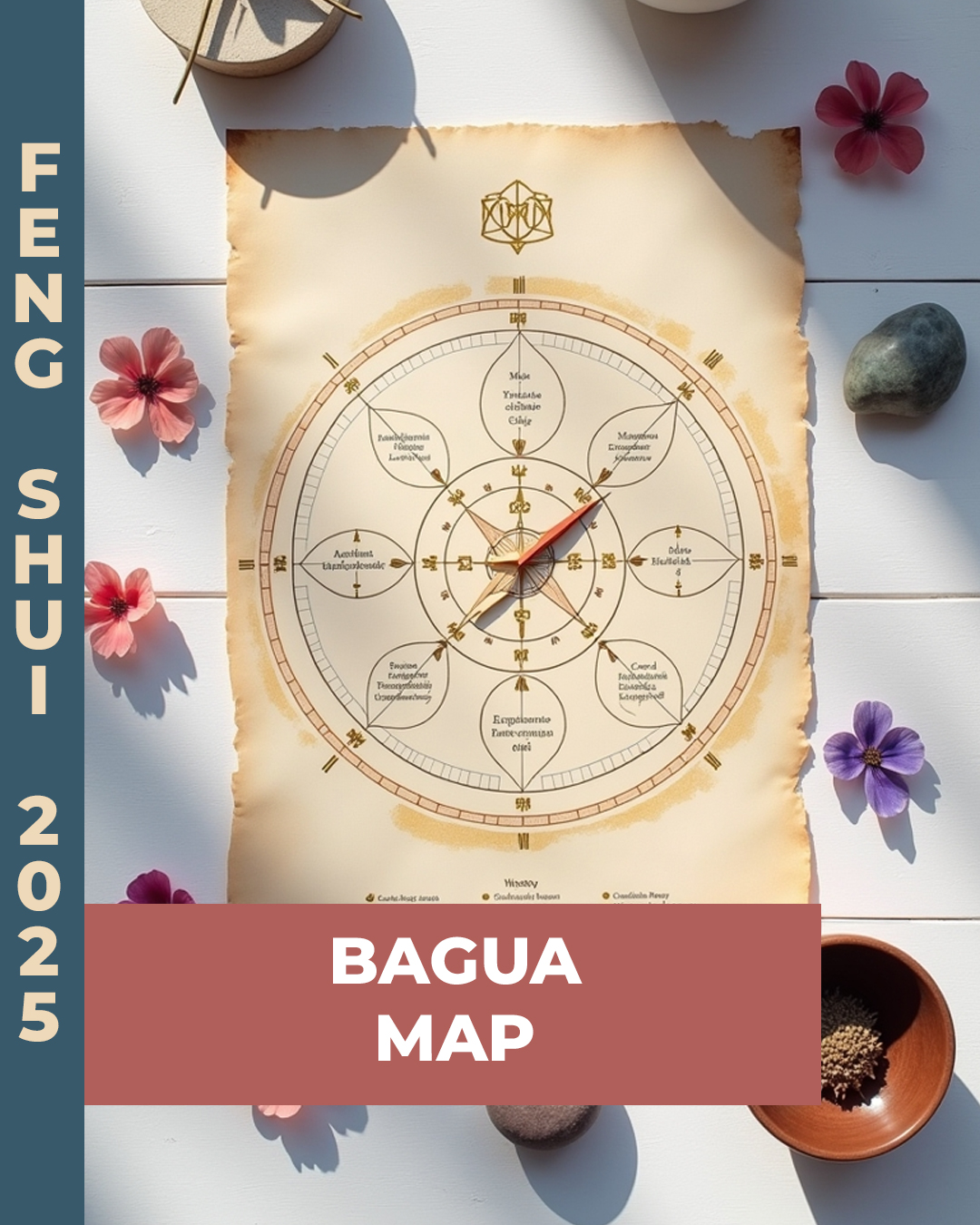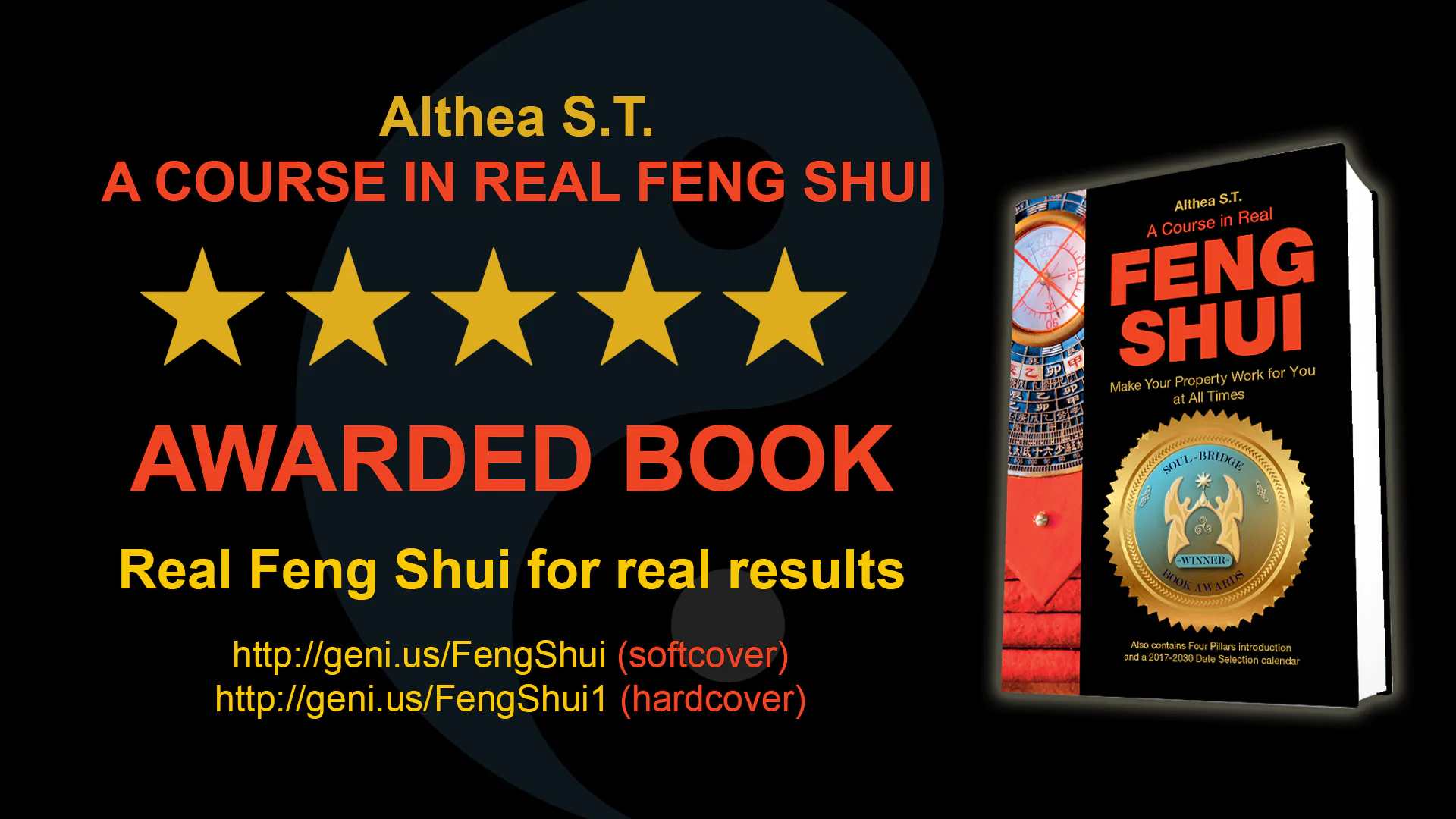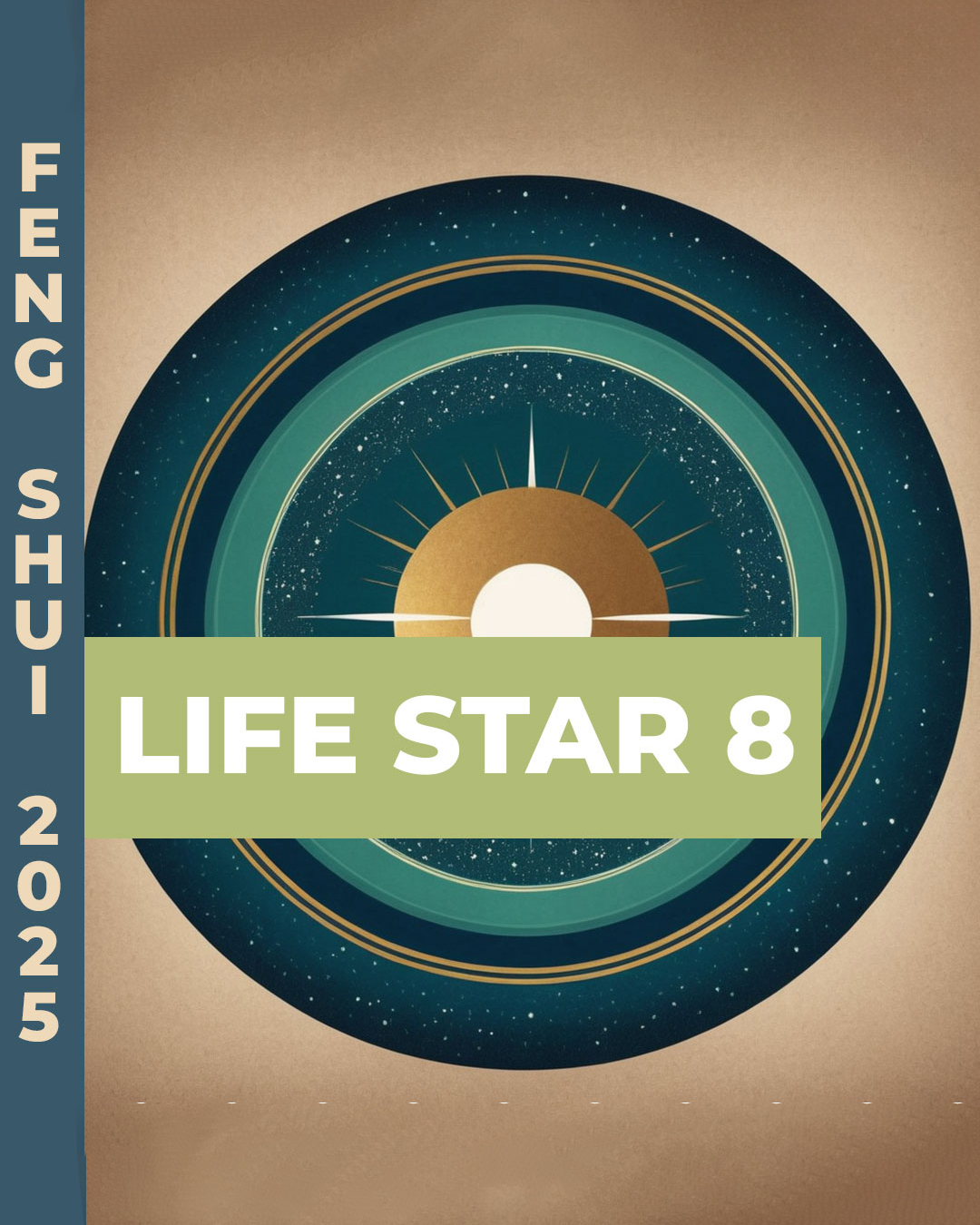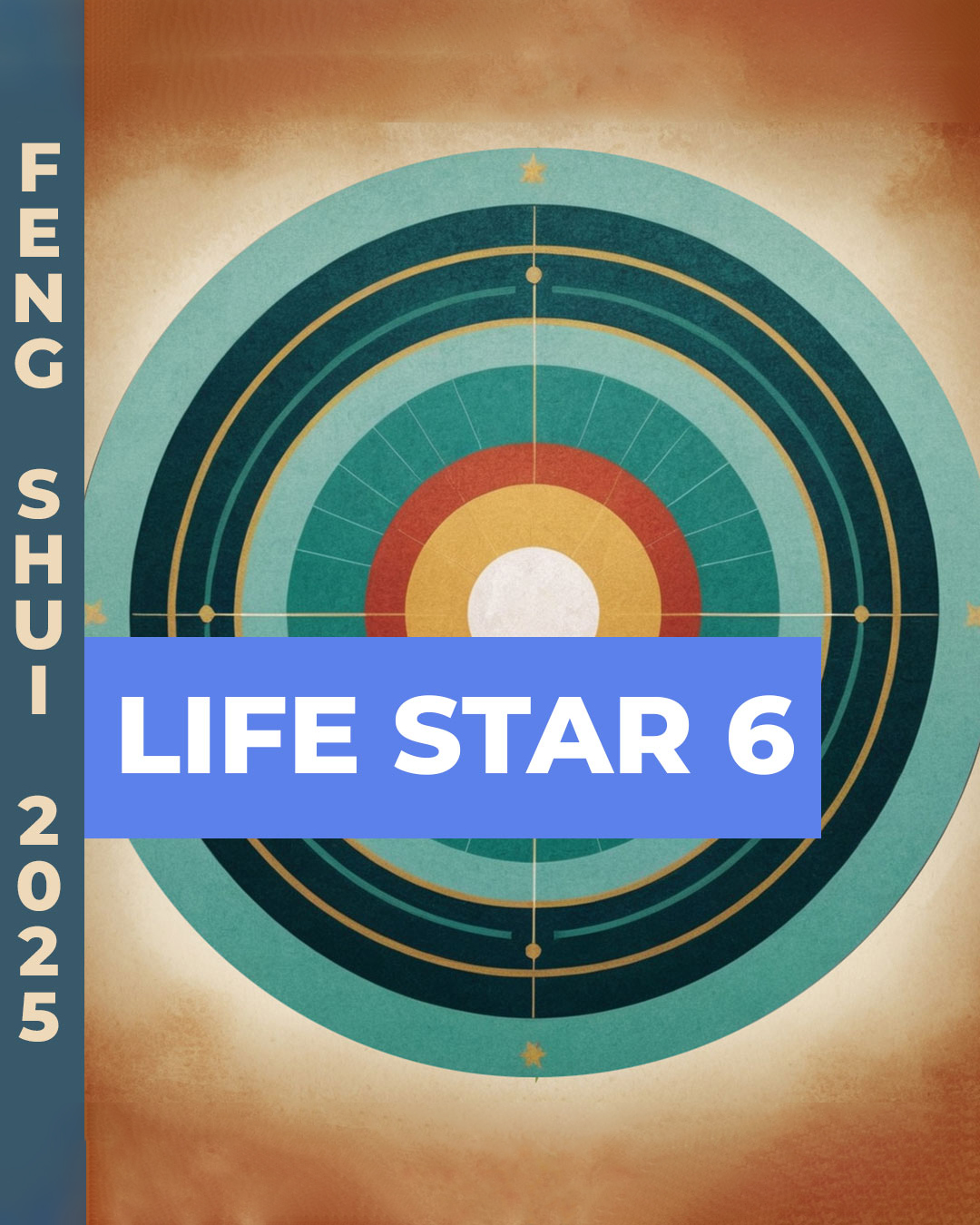

How to Read and Use a Feng Shui Bagua Map (Classical Perspective)
Feng Shui 2025
The True Origins of the Bagua in Classical Feng Shui
The Bagua (Eight Trigrams) is a fundamental concept in Chinese cosmology, representing the dynamic interaction of Yin and Yang in nature. Traditionally attributed to Fuxi, one of China’s legendary cultural heroes, the Eight Trigrams symbolize the universe’s fundamental forces. These Trigrams later became the foundation of the I Ching (Book of Changes), forming the 64 Hexagrams used in divination and metaphysical sciences.
Unlike modern interpretations of the Bagua, which apply a generic energy grid to all homes, Classical Feng Shui follows precise compass readings to align the Bagua correctly with a property’s actual orientation.
- The Eight Trigrams (Ba Gua) represent fundamental forces influencing Qi flow.
- The Bagua is derived from cosmic principles and reflects natural order rather than an arbitrary overlay.
- Classical Feng Shui adapts the Bagua to the unique energy structure of each property rather than applying a fixed template.
Understanding these origins ensures the Bagua is used authentically, respecting the depth of Chinese metaphysical traditions.
Bagua and the Eight Mansions: How Locations and Directions Influence Energy
In Classical Feng Shui, the Eight Mansions (Ba Zhai) method applies the Bagua based on a property’s sitting and facing directions, ensuring that Qi distribution is aligned with both the environment and the occupants’ energy needs.
- Properties are classified as either East Group or West Group, depending on their facing direction.
- Individuals also belong to an East or West Group, based on their birth year, which influences their compatibility with a property.
- The correct alignment of a property’s sectors with an individual’s energy profile enhances health, success, and harmony.
This approach moves beyond simplistic applications, ensuring that space supports its occupants in an energetically balanced way.
Applying the Classical Bagua to Your Home: Do’s and Don’ts
To correctly apply the Bagua in Classical Feng Shui, follow these guidelines:
Do:
- Use a precise Luo Pan compass to determine the home’s actual facing and sitting directions.
- Map the Bagua according to the actual compass sectors, not a fixed overlay.
- Position key rooms and functions (e.g., bedroom, office, entrance) in alignment with beneficial Qi flow.
- Ensure proper elemental balance within each sector to optimize the interaction of the Five Elements.
Don’t:
- Use a generic Bagua grid—each property’s Qi is unique and requires an individualized approach.
- Ignore the external environment, as landforms and natural features play a crucial role in energy flow.
- Disregard personal energy compatibility, vital for effective Feng Shui applications.
Using the Bagua correctly, Classical Feng Shui ensures that a home is aligned with universal cosmic patterns and individual energy needs, enhancing well-being, prosperity, and overall balance.
Stay tuned for the next post in the Real Feng Shui with Althea series: The Importance of Directions and Why Facing Matters in Feng Shui.
To read this and other posts on the website, follow the link: www.altheafengshui.com/blog
To read more about the luck of the 12 zodiac signs in 2025, download the Chinese Astrology Guide 2025.
To learn more about your Feng Shui in 2025, download the free Feng Shui Guide for 2025.
Space Clearing for Your Home and Soul - Kindle
You don’t have to identify what it is that’s creating the problem. Just learn the most effective space clearing techniques and start changing the energy. Clear your home, calm your soul and boost happiness.
Look for this and other Althea’s books on Amazon, to get invaluable insights and empower your life.
* To learn more about real Feng Shui practice and everything that makes difference between a good and a great property, get yourself a limited hardcover copy of Althea’s awarded Feng Shui book: ‘A Course in Real Feng Shui’. To explore the book, click here.

* To learn more about Chinese Astrology, click here.



